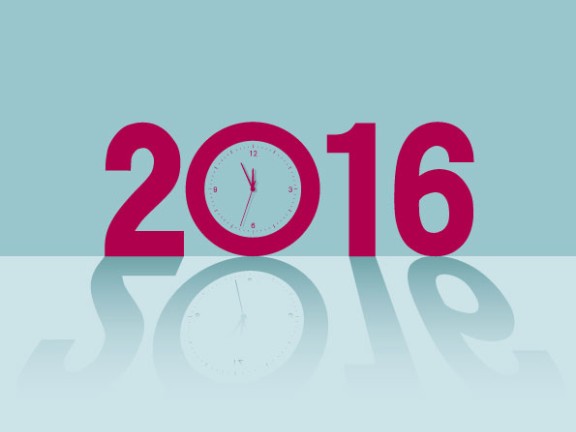New Year’s Resolution: Use Goals and Measurement, but Wisely

’Tis the season for New Year’s Resolutions, when we set goals for ourselves as individuals – what we want to achieve in the coming year. The broad appeal of goal-setting is not surprising. Goals focus and energize us, as I have previously written, especially when they are specific and challenging but nonetheless realistic in the context of available skills and resources.
Goals are just words, of course, until we change our actions to achieve them and find ways to gauge our progress. One challenge in using goals is doing so in ways that inspire, rather than frustrate or discourage. A second is making sure pursuit of a goal does not lead to actions that create new problems, such as a weight-loss goal that leads to unhealthy eating habits.
Goal-setting is useful not just for individuals, but also for organizations.
Governments employ goals to focus, energize effort and inspire innovation, in addition to communicating priorities and enlisting assistance. In 2010, for example, the U.S. government adopted a space policy goal of having people orbit Mars and return safely home by the mid-2030s, energizing not just government but also the private sector. In 2009, the president, the Secretary of Homeland Security, and the Interagency Council on Homelessness set a goal of eliminating veterans homelessness by 2015, a goal not yet met but with significant progress across the country and accomplishment in a few cities. Other government goals address more mundane but nonetheless important matters, such as reducing hospital-acquired infections.
Goals are valuable not just for individual organizations, but also for organizing action when cooperation, collaboration, and healthy competition are likely to advance a goal. In 2000, 189 United Nations member states agreed on eight Millennium Development Challenge Goals, with specific targets to be achieved by 2015. These goals influenced spending decisions and strategy design by public and private organizations and by individual countries. Significant progress was made on many of the 2015 goals, while a set of 17 new goals for 2030 has been adopted.
As individuals, we adopt a variety of tactics to help us with our New Year’s resolutions. We might, for example, enlist friends or those who share our goals to ask us periodically about our progress and keep us attentive to our own best intentions. In the age of social media, we might seek out anonymous strangers to help us stay on track. Sometimes, we develop rewards for making progress on a goal or devise a punishment for insufficient gain, again enlisting outside assistance on occasion. In a recent New York Times Upshot column, Austin Tract talks about the approach he is trying with his New Year’s resolutions. Toward his longer-term goal, he created a more immediate (one month) commitment. He complemented that with a personal check-in at the end of the month to assess if his actions were working as expected and to decide if he wanted to make them a new habit.
Mid-course check-ins and adjustments to goals and incentive systems are pretty straightforward with personal goals. Adjustments tend to be far more complicated, but no less necessary, for organizational and cross-organizational goals. Indeed, failure to make such adjustments in a timely manner can so incense those being measured that they organize to dismantle, rather than fix, the system, as happened with early nursing home and hospital performance measurement-and-incentive systems.
Several recent developments suggest ways to make timely adjustments even in complex situations. A bi-partisan effort in the Congress of the United States, working with the White House, recently led to passage of the Every Student Succeeds Act, which fixes flawed aspects of the K-12 education measurement-and-incentive system introduced by the No Child Left Behind law. The new law tries to fix the problem, but continues to respect the value of goals, measurement and data analytics for finding ways to improve and for motivating the search for and adoption of increasingly effective educational practices. In a different policy area, public safety, a handful of police forces around the country are starting to integrate information about police abuse complaints into their data-rich management efforts as a complement to their crime-reduction goal, reducing the likelihood that pursuit of one goal will undermine other important community objectives and values.
Isn’t it time for all of us to make a New Year’s resolution not just for ourselves but also for our government to: (1) set specific, challenging goals that energize and focus government leading to unprecedented performance gains along multiple dimensions; and, simultaneously, (2) respect the need to test new ways and learn how to use goals, measurement and incentives wisely, adjusting as needed?